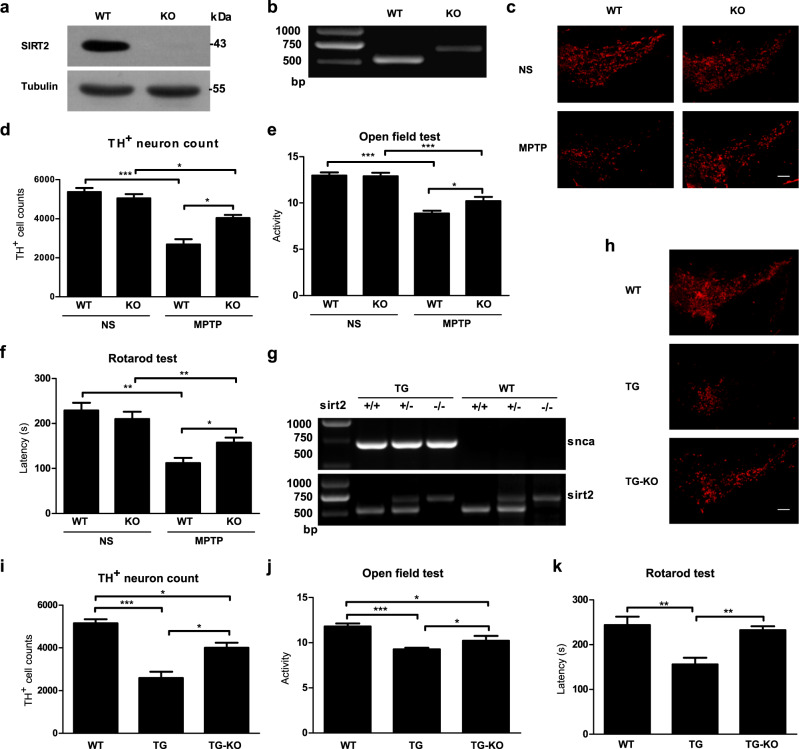Fig. 1. SIRT2 deletion protects against α-synuclein-A30P*A53T transgenic and MPTP-induced mouse model of PD.
a Western blotting was performed to examine the protein expression of SIRT2 in wild-type (WT) and SIRT2 knockout (KO) mice. b Reverse-transcription PCR (RT-PCR) was used to detect the mRNA expression of Sirt2 in WT and SIRT2 KO mice. c Immunostaining was performed to detect tyrosine hydroxylase (TH)-positive neurons in the substantia nigra pars compacta (SNpc) in MPTP-treated WT and SIRT2 KO mice (the control group was treated with normal saline (NS)). The scale bar represents 200 μm. d The number of TH-positive neurons in the SNpc was counted (n = 3). e The open field test and f Rotarod test were used to examine MPTP-treated WT and SIRT2 KO mice (n = 15). g RT-PCR was employed to assess the mRNA expression of α-synuclein and Sirt2 in WT mice, α-synuclein-A30P*A53T transgenic (TG) mice, and α-synuclein-A30P*A53T transgenic mice with SIRT2 knockout (TG-KO). h Immunostaining was performed to detect TH-positive neurons in the SNpc in WT, TG, and TG-KO mice. The scale bar represents 200 μm. i Numbers of TH-neurons in the SNpc were counted stereologically (n = 3). j The open field test and k rotarod test were used to detect motor deficits in WT, TG, and TG-KO mice (n = 8). All data are presented as the means ± SD. Statistical analyses were conducted using two-way ANOVA followed by Tukey’s post hoc test in (d–f). Statistical analyses were conducted using one-way ANOVA followed by Tukey’s post hoc test in (i–k). *P < 0.05, **P < 0.01, ***P < 0.001.

